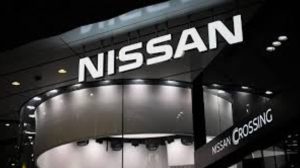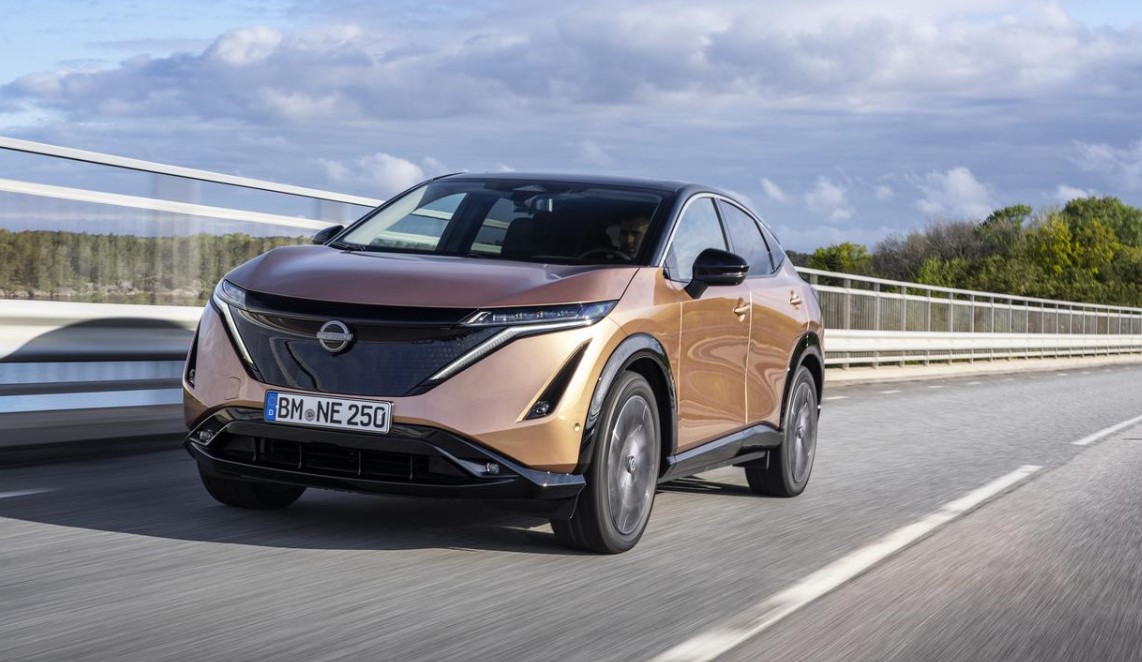Nissan, a cornerstone of Japan’s automotive industry, has encountered a storm of financial and operational challenges in recent years.
With reports of declining sales, leadership turbulence, and the potential unravelling of critical partnerships, the company’s future has been thrust into the spotlight.
This blog delves into Nissan’s current state, exploring its financial hurdles, market dynamics, and potential recovery strategies.
What Makes Nissan’s Corporate Vision Unique?
Nissan’s corporate philosophy, “Driving innovation to enrich people’s lives,” reflects a commitment to creating impactful technologies and services.
Established in 1933, the company is rooted in a culture of challenging conventions, aiming to lead in innovation and provide solutions that enhance mobility and lifestyles worldwide.
Core Elements of Nissan’s Vision:
- Daring DNA: Nissan thrives on bold innovation, setting it apart in the competitive automotive industry.
- Sustainability: A focus on cleaner, safer, and inclusive practices underlines Nissan’s dedication to environmental responsibility and community welfare.
- Global Reach: Operating across key markets, the brand integrates diverse perspectives to create globally relevant solutions.
Guided by long-term goals like “Ambition 2030,” Nissan is driving the future of mobility with a strong emphasis on electrification, advanced driver assistance systems, and inclusivity.
This vision reaffirms its role as a transformative force in the automotive industry.
The Breaking Point: Financial Struggles and Leadership Changes

Image – Source
Nissan’s financial difficulties have reached a critical juncture. According to insiders, the collapse of the longstanding Renault-Nissan-Mitsubishi alliance has left the company grappling for financial stability.
Established in 1999, the alliance was a strategic move to pool resources and expand its market presence globally.
However, Renault’s reported decision to reduce its stake in Nissan has exacerbated financial pressures, compelling the Japanese carmaker to seek new investment avenues.
Adding to the turmoil, Stephen Ma, Nissan’s Chief Financial Officer since 2019, is expected to step down. His tenure began during a period of upheaval following the arrest of former CEO Carlos Ghosn.
Ma’s departure raises questions about leadership stability at a time when Nissan is executing an aggressive cost-cutting strategy, including slashing 9,000 jobs globally and targeting £2 billion in savings.
Global Market Challenges: Declining Sales and Strategic Missteps
Nissan’s sales performance paints a complex picture. While the company has made gains in some regions, overall sales have declined in major markets like China and the United States.
China
In 2024, Nissan’s sales in China plummeted by 14.3%, marking the steepest decline among Japanese automakers.
This drop reflects broader challenges for Japanese brands in China, where they have lost significant market share to emerging Chinese automakers.
Despite the setbacks, the Nissan Sylphy remains one of China’s top-selling models, underscoring the brand’s resilience in specific segments.
United States
While sales of the Nissan Rogue (X-Trail) have kept the brand in the top ten best-sellers, the company acknowledges it lacks a robust hybrid lineup to compete effectively.
Nissan’s hybrid technology, including its e-Power system, is not expected to debut in the U.S. until 2026, leaving it lagging behind competitors like Toyota and Honda.
Europe
Despite headwinds, Nissan achieved modest growth in Europe, including the UK. The Nissan Qashqai and Juke SUVs remain widespread, with the Qashqai consistently ranking among the UK’s top-selling vehicles.
Sales in the UK grew by 15.8% through October 2024, reflecting strong local demand.
Critical Factors Behind Nissan’s Struggles

Image – Source
Several underlying issues have compounded Nissan’s challenges:
Missed Opportunities in Hybrid and EV Markets
Nissan has been slow to capitalise on the hybrid and plug-in hybrid market boom.
CEO Makoto Uchida admitted that the company failed to foresee the rapid growth of these segments, leaving it unprepared compared to rivals.
Economic Pressures
Rising costs, combined with global economic uncertainties, have put additional strain on Nissan’s operations.
The company is also contending with tariffs and trade debates, which have further complicated its position in key markets.
Leadership Instability
Leadership changes and strategic missteps have hindered Nissan’s ability to navigate industry disruptions effectively.
Emergency Measures: Cost-Cutting and Recovery Plans
In response to mounting challenges, Nissan has adopted an “Emergency Mode” strategy. The measures include reducing production by 20% and implementing a leaner cost structure.
The company has also unveiled “The Arc,” a strategic plan to deliver 27 electrified models, including 19 fully electric vehicles.
While ambitious, these initiatives are seen as critical to Nissan’s survival in an increasingly electrified automotive market.
Hope on the Horizon: Potential Partnerships
Amid its struggles, Nissan is exploring closer ties with Honda, Japan’s second-largest carmaker. Greater collaboration could provide much-needed financial and technological support.
While the idea of Honda acquiring a stake in Nissan is viewed as a “last resort,” the partnership could unlock synergies in hybrid and EV development, enabling both companies to compete more effectively on a global scale.
Mixed Performance Across Global Markets

Despite significant challenges, Nissan has achieved pockets of success:
- Australia: Nissan’s sales in Australia grew by 16.2% year-on-year, with the Patrol off-roader and the updated Juke posting record numbers.
- UK: The company’s growth in the UK demonstrates strong consumer demand for its flagship models, particularly in the competitive SUV segment.
These regional successes highlight the brand’s potential for recovery, provided it can address broader structural and strategic issues.
Lessons from the Past: A History of Resilience
This is not the first time Nissan has faced dire financial circumstances. In 1999, the company was on the brink of bankruptcy, burdened by debt and operational inefficiencies.
Under Carlos Ghosn’s leadership, Nissan executed a dramatic turnaround, reducing its workforce by 14% and returning to profitability within a year.
The current crisis presents a similar opportunity for reinvention, albeit under vastly different market conditions.
Looking Ahead: Challenges and Opportunities
Nissan’s future hinges on its ability to adapt to industry disruptions and execute its recovery strategy effectively. Key priorities include:
- Strengthening Hybrid and EV Lineups: Accelerating the development and launch of hybrid and electric models to capture growing market demand.
- Rebuilding Partnerships: Leveraging alliances with Honda and other stakeholders to enhance financial and operational stability.
- Operational Efficiency: Continuing to streamline operations and reduce costs without compromising product quality.
Conclusion
Nissan’s current challenges underscore the volatile nature of the global automotive industry.
While the company faces significant hurdles, including leadership instability, declining sales, and missed opportunities in the hybrid market, its resilience in specific regions and commitment to electrification offer a glimmer of hope.
Whether Nissan can replicate its historic turnaround remains to be seen, but the stakes could not be higher for this iconic brand.
Featured Image – Source
Disclaimer
The images used in this blog are not owned by the UK Entrepreneur Blog; the copyrights of these images belong solely to their respective owners.





